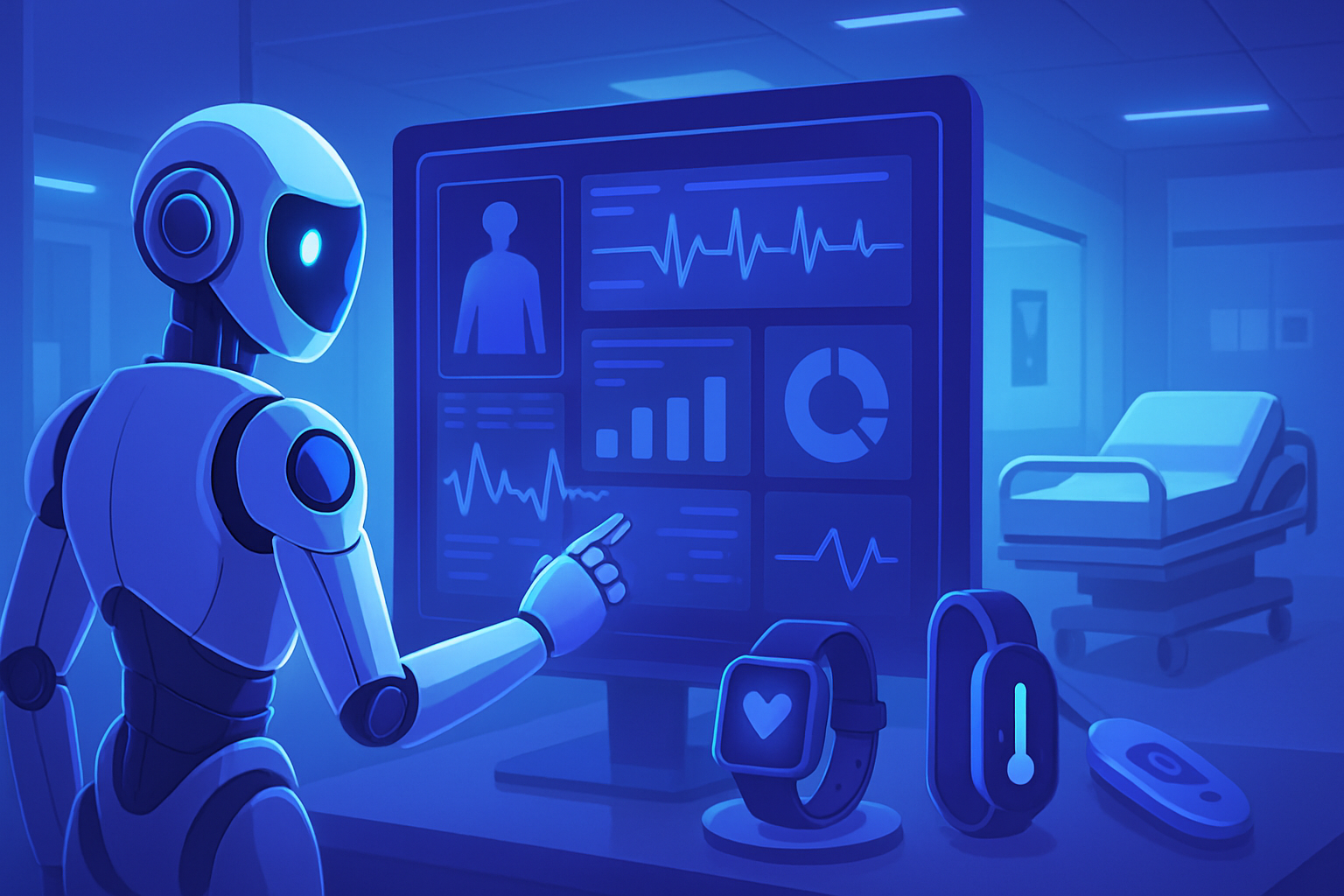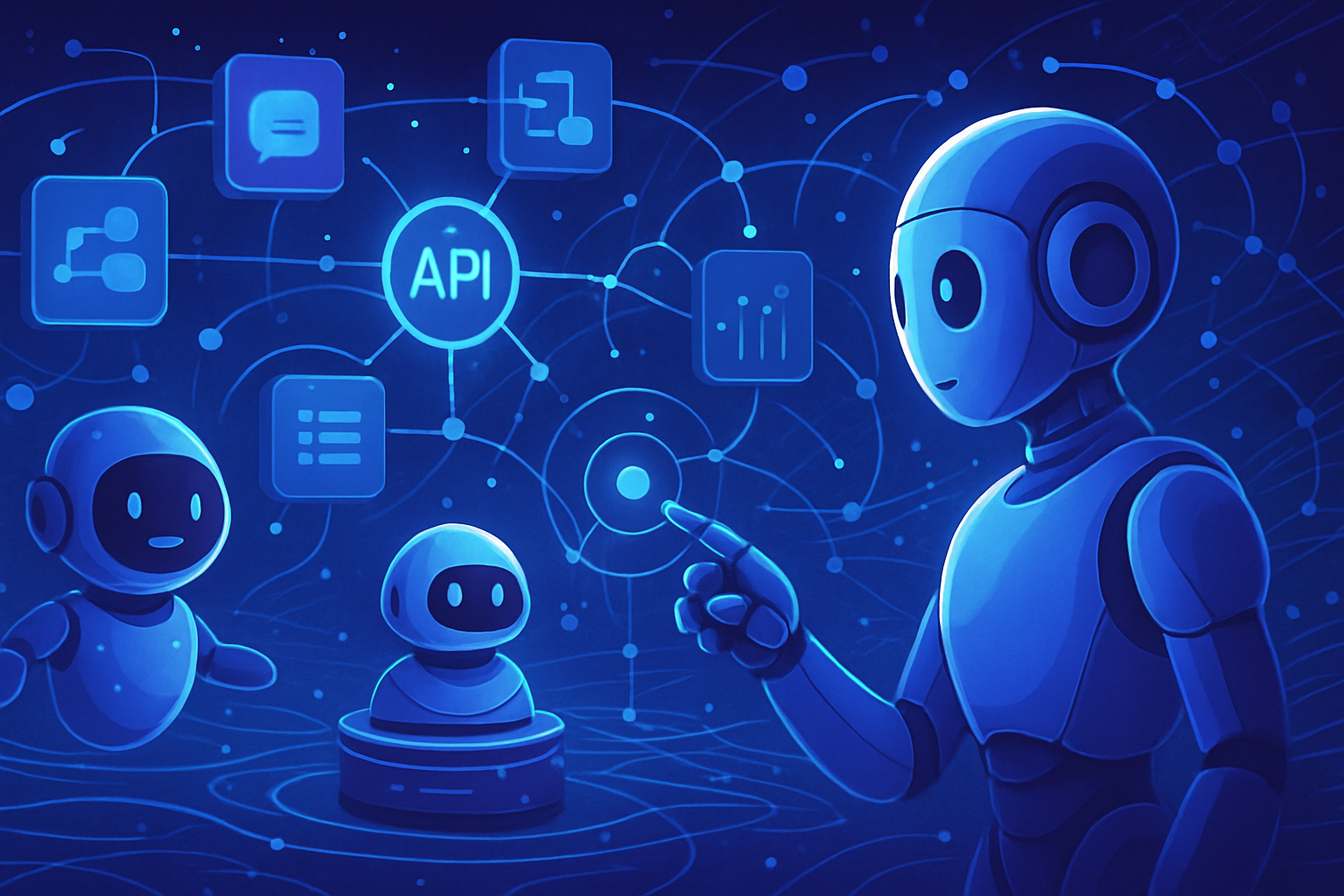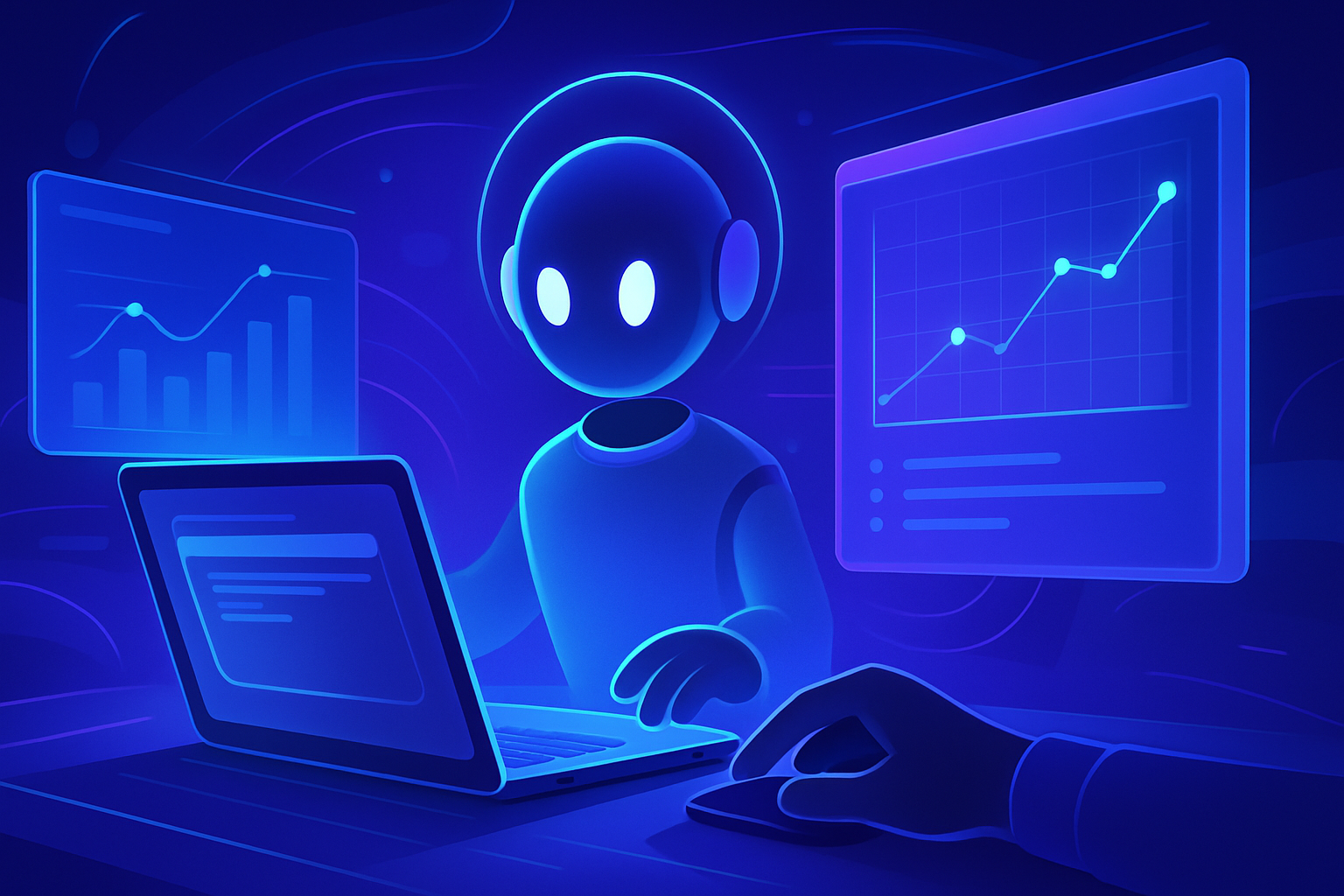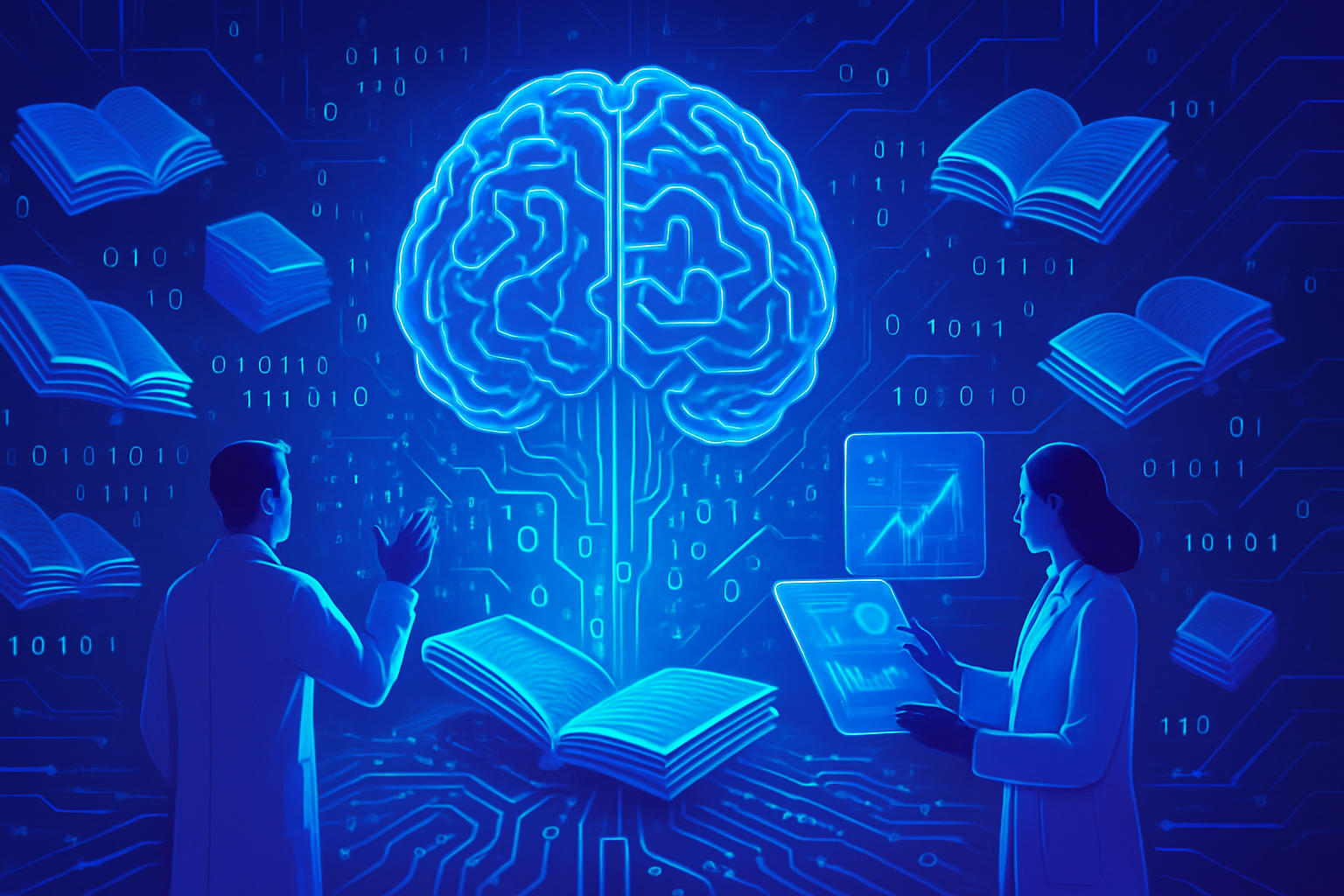Innovative research on the automation of exploit creation raises significant issues for cybersecurity. Researchers have clearly demonstrated that a conversation between language models can generate exploitable vulnerabilities in vulnerable software. This technique, exploited by malicious actors, undermines the foundations of digital security.
The implications of this discovery reveal a concerning evolution of hacking and potential threats to innocent users. The possibility of automating penetration testing manages the complexity of vulnerability assessments. Investigating this method further could transform the landscape of computer security.
A significant advancement in cybersecurity
The creation of computer exploits, a field traditionally reserved for programming and systems experts, could undergo a upheaval with the emergence of language models. According to a recent study published in the journal Computer Networks, AI systems such as ChatGPT and Llama 2 could automate this complex task. Researchers, led by Simon Pietro Romano, have demonstrated how a conversation between these models leads to the generation of code exploiting vulnerabilities.
Cooperative system between language models
Researchers have designed a communication protocol between ChatGPT and Llama 2. One model collects contextual information about a vulnerable program, and the other scripts the required exploit code. This innovative approach relies on precise interactivity, orchestrated by carefully formulated incentives, allowing navigation through the different stages of the exploit creation process.
Key steps in the exploit generation process
Five critical steps have been identified by the research team. They include analyzing a vulnerable program, identifying possible exploits, planning an attack, studying the behavior of targeted systems, and finally, generating the exploit code. Each step is essential to achieve a functional outcome that can compromise a system’s security.
Risks associated with exploit automation
This study raises concerns about the malicious use of language models by hackers. The automation of exploit creation could make cyberattacks accessible to a broader, potentially unqualified audience. The implications for computer security are significant, as the entry barrier for accessing sophisticated attack techniques is lowered.
Future research perspectives
Romano and his team are considering in-depth research on the effectiveness of their language model-based method. The goal is to refine exploitation strategies while contributing to the development of robust cybersecurity measures. The possibility of complete automation of penetration testing and vulnerability assessments (VAPT) emerges as an intriguing, albeit concerning, prospect.
A promising preliminary study
Preliminary results indicate that the process produces a functional code for a buffer overflow exploit, a well-known technique for altering program behavior. Despite the exploratory nature of this research, it illustrates the viability of such an approach. Researchers are determined to pursue this avenue further, seeking applications in the broader field of cybersecurity.
The implications of this research show how advancements in artificial intelligence confront the reality of cyber threats. This dynamic requires heightened vigilance and constructive dialogue on the ethical and secure development of technologies.
Discussions on digital security raise fundamental questions. The rapid evolution of AI capabilities necessitates a reassessment of existing defense strategies to adapt to this new era. The potential impact on IT systems demands particular attention from security professionals.
To deepen the understanding of the issues related to AI and cybersecurity, it is possible to explore additional articles, such as on the positioning of AI or Cloudflare’s engagement against robots. These resources enrich the reflection on contemporary challenges in digital security.
Frequently asked questions
How can language models automate exploit creation?
Language models, such as ChatGPT and Llama 2, can be used to generate exploits by engaging in structured conversations that analyze software vulnerabilities, identify attack points, and create the necessary exploit code.
What steps are involved in the exploit creation process by LLMs?
The process includes analyzing a vulnerable program, identifying possible exploits, planning an attack, understanding the targeted hardware, and finally, generating the exploit code.
What types of vulnerabilities can be exploited using this method?
This method can target various vulnerabilities, including buffer overflows, injection flaws, and other programming defects in software.
What is the significance of the study on automated exploit generation?
This study shows how hackers could use language models to automate the process of creating exploits, raising significant concerns in terms of security and cybersecurity.
What are the risks associated with automating the generation of exploits?
Risks include the duplication and rapid spread of exploits on the black market, as well as increased cyberattacks by facilitating access to exploitable tools for unqualified individuals.
What is the current state of research on this technology?
Research on this technology is still preliminary, but it demonstrates the feasibility of using LLMs to generate functional exploits, notably through successful early experiments.
How could this technology influence the future of cybersecurity?
It could revolutionize penetration testing and vulnerability assessment (VAPT) methods by allowing automated analyses and improving the efficiency of cybersecurity teams.
Can language models replace cybersecurity experts?
While LLMs can automate certain tasks, they cannot replace human expertise, especially when it comes to analyzing complex contexts and making strategic decisions in cybersecurity.






